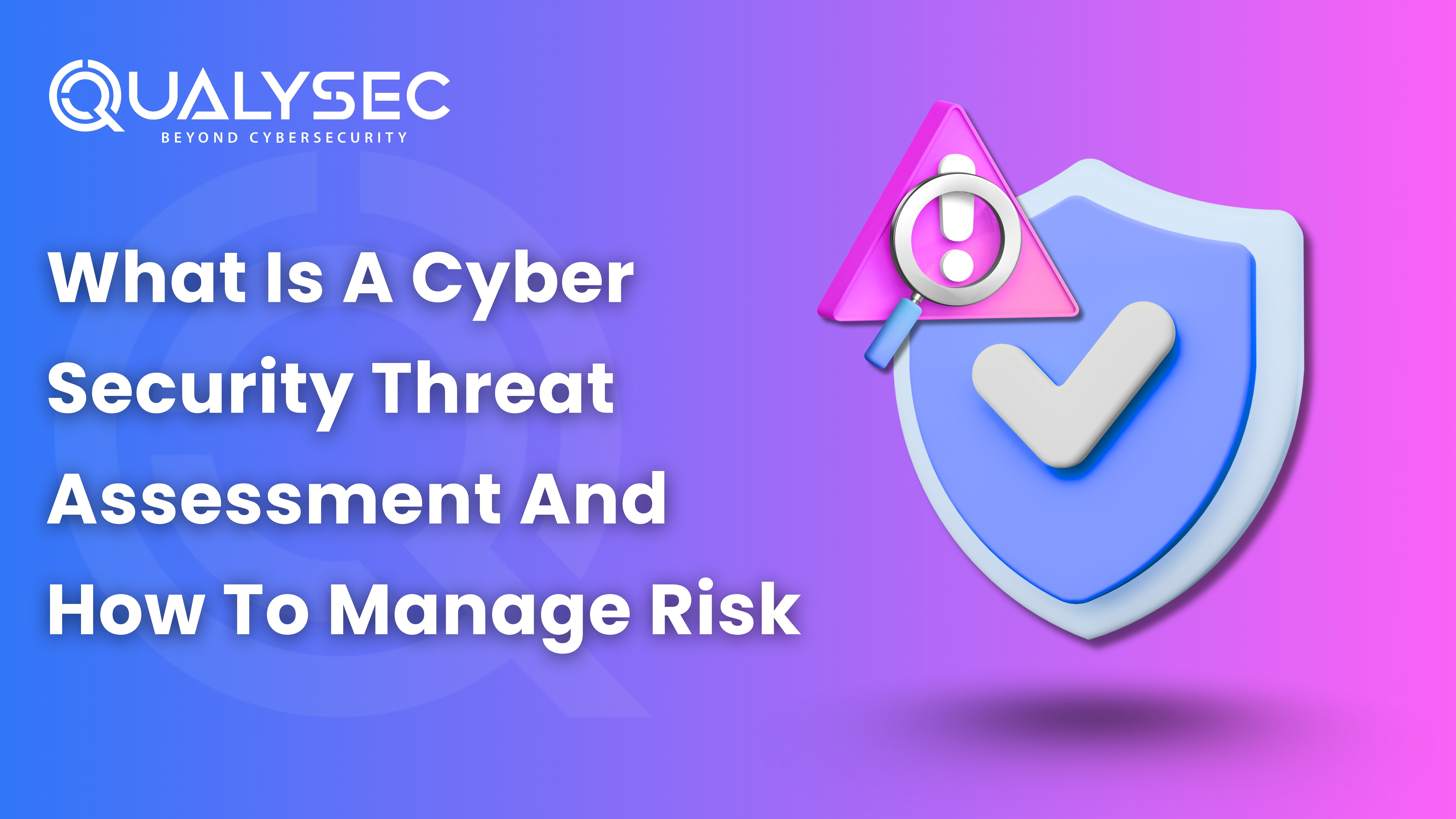DORA Compliance: A Full Framework of the Digital Operational Resilience Act

Strong 8k brings an ultra-HD IPTV experience to your living room and your pocket.
Introduction
The financial sector has witnessed an increasing reliance on digital infrastructure, not only as an opportunity but also as a big threat to cybersecurity. Cyberattacks, system failures, and third-party vulnerabilities can lead to severe disruptions, financial losses, and reputational damage. Over these issues, the European Union proposed the DORA Compliance, or Digital Operational Resilience Act, to boost the security and resilience of IT in financial institutions.
DORA installs an entire framework of digital risk management, making the EU financial sector cyber-resilient and disruption-resilient. Cybersecurity will be carried across the entire EU financial industry uniformly with the act, thus wiping out fragmenting regulations and strengthening the overall security standing.
This article walks readers through a comprehensive explication of DORA compliance, its goals, and needs, as well as its effect on financial firms.
What is the Digital Operational Resilience Act (DORA)?
The DORA rules and regulations, a new EU legislation that will enforce the standardization of financial institutions’ risk management standards to strengthen cyber resilience. It will involve banks, insurance companies, investment firms, and ICT service providers supporting the financial sector. According to this regulation, the standards of managing digital risks, responses of financial institutions to cyber incidents, and continuing their services have to be standardized.
The entire effect would be put on bodies by 17 January 2025, but it would come into force on 28 November 2022. In the event of non-compliance, this can also lead to severe regulatory penalties, financial sanctions, and reputational damage. DORA is also an integral part of a more holistic EU cybersecurity strategy as a Strengthening of the existing law relating to NIS2 Directive and GDPR.
Key DORA Goals
DORA’s main goal is to enhance the digital operational resilience of the EU financial sector through the following areas:
1. Harmonization of ICT Risk Management
DORA requires financial organizations to have an integrated risk management framework to anticipate, identify, and mitigate IT-related threats. The institutions need to develop a detailed policy, procedure, and control for cyber risks.
2. Incident Reporting Strengthening
- To enhance industry-level awareness and response capabilities, DORA requires financial institutions.
- Implement real-time monitoring systems that can detect and report cyber incidents.
- Classify incidents based on their severity and potential impact.
- Submit reports to the regulatory body within stipulated timelines.
- Corrective measures must be taken to prevent future recurrences.
3. Third-Party Risk Management
The financial sector now depends much on third-party service providers for ICTs, which cover cloud computing and software. DORA imposes severe controls over third-party service providers through:
- Due diligence before partnering with service providers
- Regular security evaluations
- Contractual obligations, which essentially enforce compliance
- Exit strategies in the event of noncompliance or service failure
4. Strengthened Resilience Testing
DORA expects financial institutions to test their systems at regular intervals for security testing. This encompasses
- Penetration testing to identify vulnerabilities
- Scenario-based stress testing for testing cyberattacks
- Disaster recovery drills to assess the effectiveness of response
- Independent audits to check compliance with the cybersecurity standards
5. Harmonization of Compliance Requirements
One of the greatest impacts of DORA is its attempt to harmonize cybersecurity rules among all the member states in the EU. The financial sector was previously bound by a mishmash of national regulations, creating inconsistencies. DORA puts a single framework in place and ensures uniform requirements for compliance for all financial entities operating within the EU.
Note: IndiBlogHub features both user-submitted and editorial content. We do not verify third-party contributions. Read our Disclaimer and Privacy Policyfor details.







